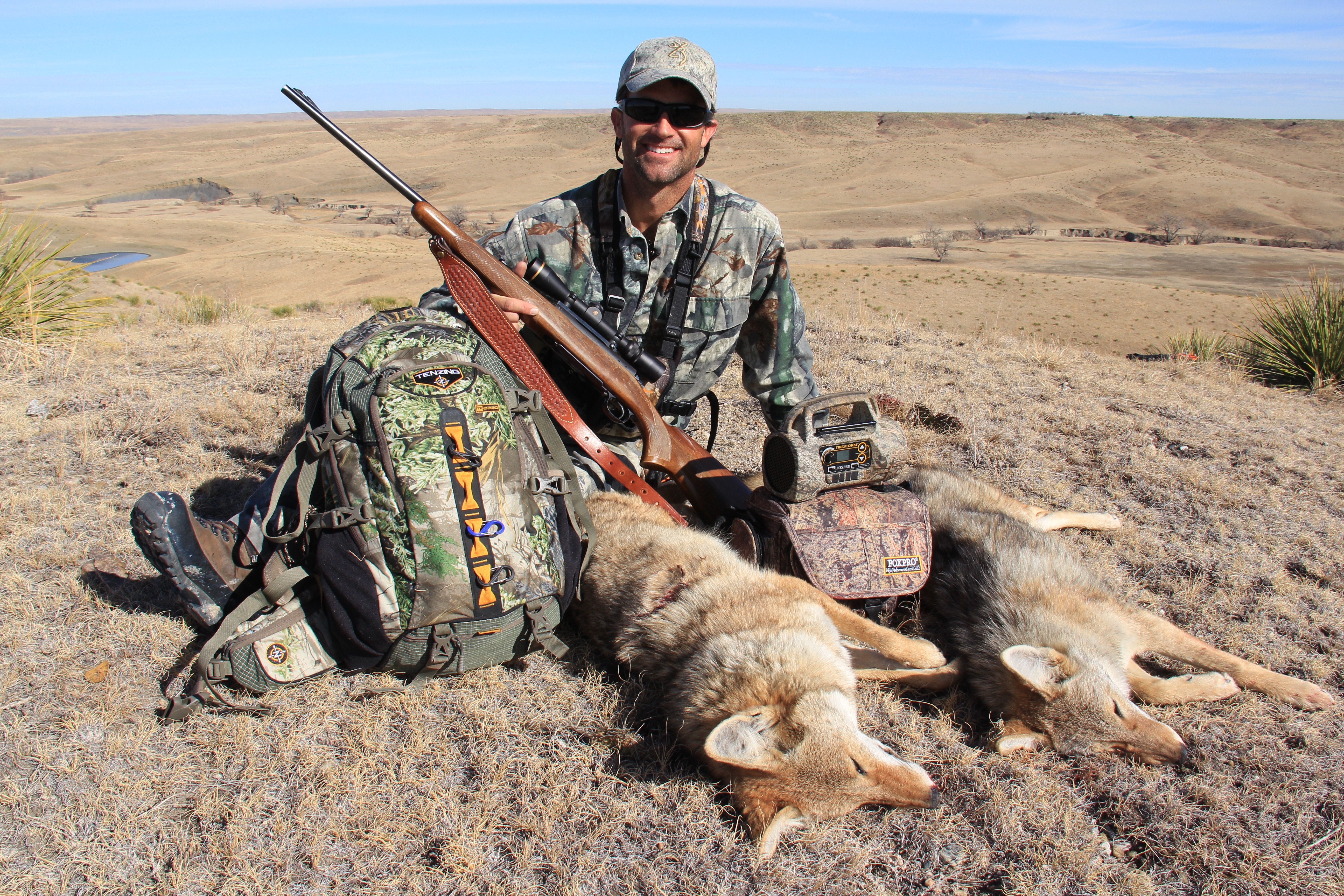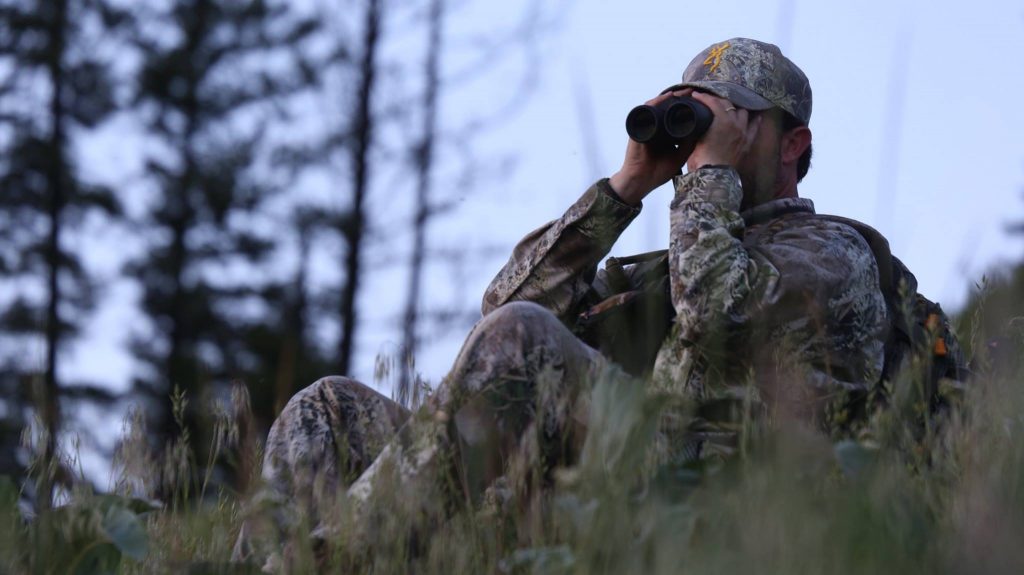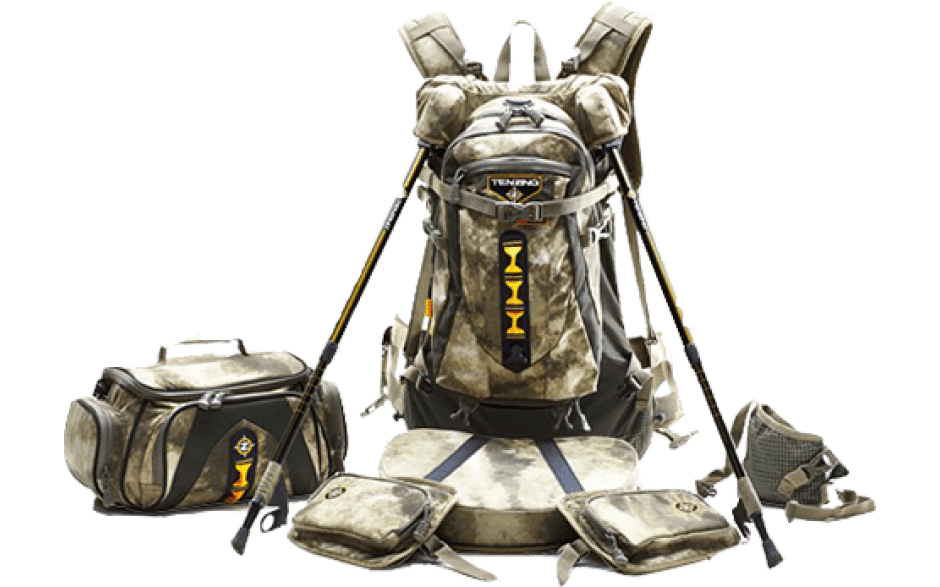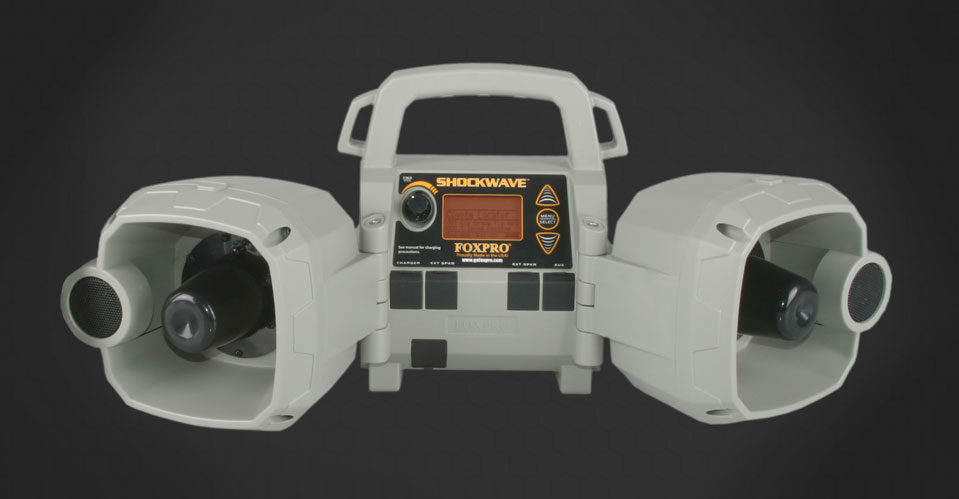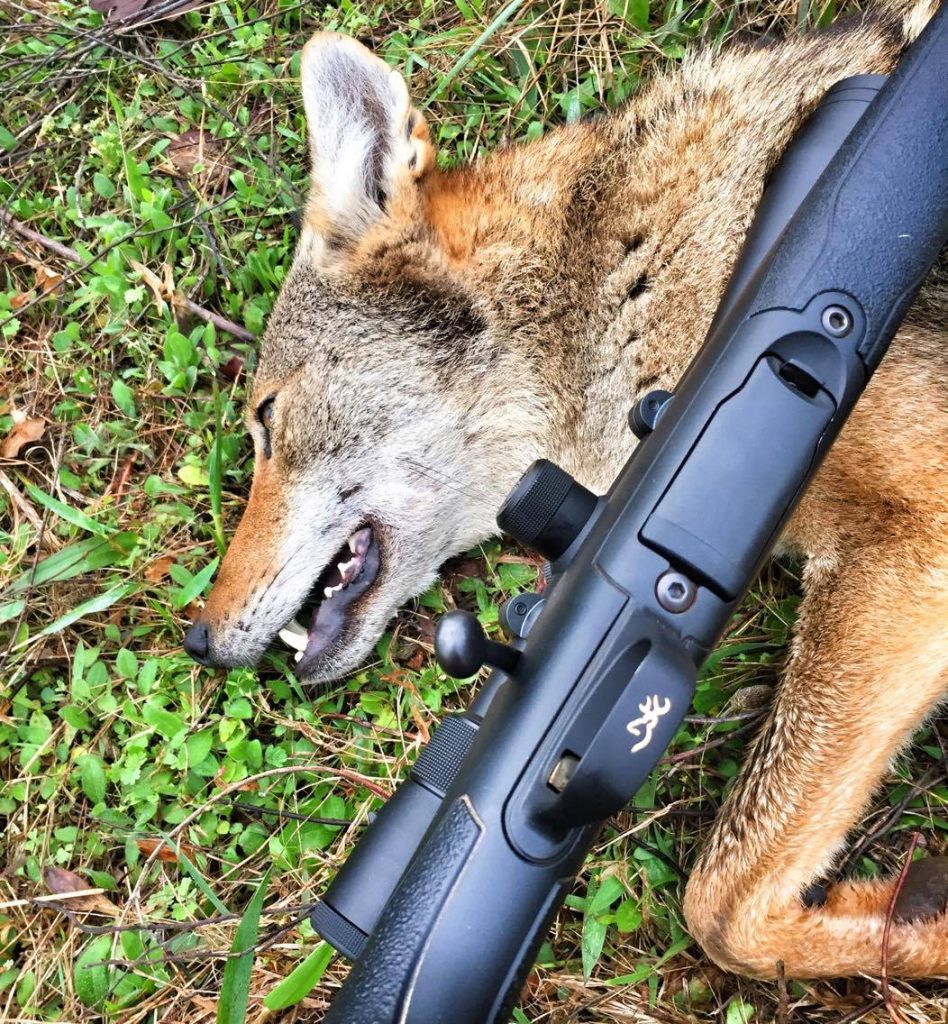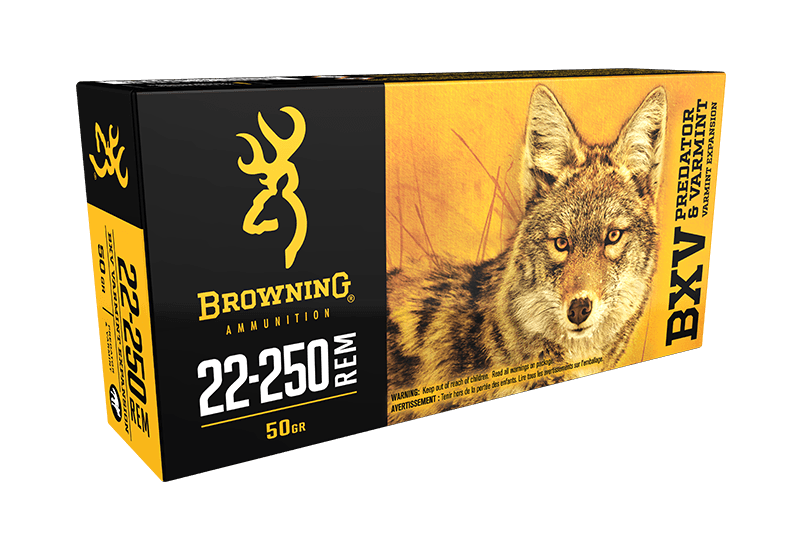The huge impact coyotes have on the declining population of wildlife has ignited the interest in most hunters to hunt coyotes in efforts of balancing the ratio. Like feral hogs, there will never be a remote possibility of hunting coyotes to extinction and hunting them to control populations in coyote dense areas will be an ongoing battle. Luckily, there are hunters out there that enjoy the adrenaline rush and challenge of coyote hunting, and even those hunters that will travel to several states to help farmers and landowners to control the population in that area.
Coyotes were originally creatures of vast wide-open areas such as those found in the west; however, over the years they have adapted well to timber country, mountains, and varied terrain even with urban sprawl. The coyote, a feral canine known as canis latrans, is closely related to wolves (canis lupus) and domestic dogs (canis familiaris); all three can interbreed for a mix-breed offspring. This smart, adaptable animal with its ever-increasing population is a growing problem across most of North America as predators of livestock and wildlife.
This blog will not only supply you a wealth of information on coyote hunting, but also entertain you in the video section below the blog!
Coyote Hunting Basics
The success of your set-up starts the moment your boots hit the ground in the area you will be hunting. Your approach is important to your success. If you make noise at the vehicle such as talking loudly, slamming doors, banging around gun cases or decoy bags, these keenly observant creatures will move out of the area or be wary of any sounds or set-ups attempted. The four most important factors to an effective set-up are finding good cover, that is downwind of where you feel the coyotes will approach, with ample sight distance of approaching coyotes, and a good dose of patience.
· Good cover – minimize movement and maximize cover!
· Downwind of coyotes – besides sight and their hearing, coyotes have an excellent sense of smell.
· Ample sight distance – having a rifle that can reach out and touch coyotes is a plus, however ample sight distance also means having the ability to shoot multiple coyotes at a time.
· Patience – coyote calling can often result, especially in wide open landscapes, coyotes coming in well after 15+ minutes.
Your odds of a successful hunt will depend on hunting where there is a good coyote population.
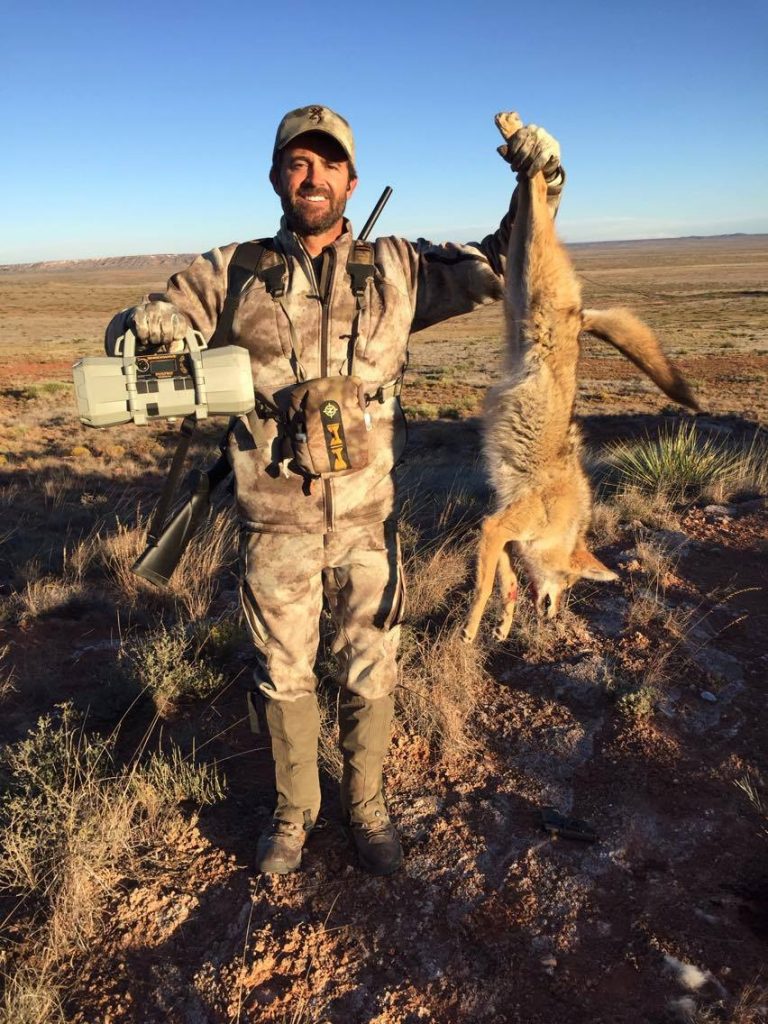
Coyote Scouting
Start by scouting for fresh tracks, scat, kills, and vocalization of coyotes in the area. Farmers, land managers, and landowners can be your best lead to where coyotes normally den-up or roam on the property being hunted. Often, it is useful to go out at night and listen for coyote vocalization to narrow down the area where there may be possible dens and identifying multiple packs. Using calls lightly to spark up a return howl is effective in locating packs.
A coyote’s movement is motivated by three main prompts:
· Hunger
· Libido
· Territorial claim
They will roam to hunt for food when hungry, to find a mate for breeding, or to protect their territory and domain during any given time. Coyotes are more active at night, but as opportunistic feeders, they will venture in the daylight in search of food. You will find the best odds of hunting coyotes during bitter cold days after a storm has passed through because, like all mammals, coyotes require calories to stay warm and they will be on the hunt to consume those calories.
On public land, “convenient” spots are going to be hunted pretty hard. You will need to put the work in to delve deeper into areas less pressured using all the advantages available to you. Contacting the local game warden or conservation officer can be a great source in locating coyotes on public land.
Coyote Hunting Setups
Nearly all coyotes will approach a set-up from downwind. Often they will evaluate your coyote hunting set-up from an advantage point, then circle to approach from downwind. Always have the wind blowing in your face or a crossing wind when facing the direction you feel the coyotes will approach from. Be ready! Some coyotes will come charging in only giving you a brief moment to aim and shoot, whereas others may come in slow and cautiously, checking out the surroundings, allowing you to set up for the shot. Coyotes have a keen sense of pinpointing exactly where your coyote calls are coming from.
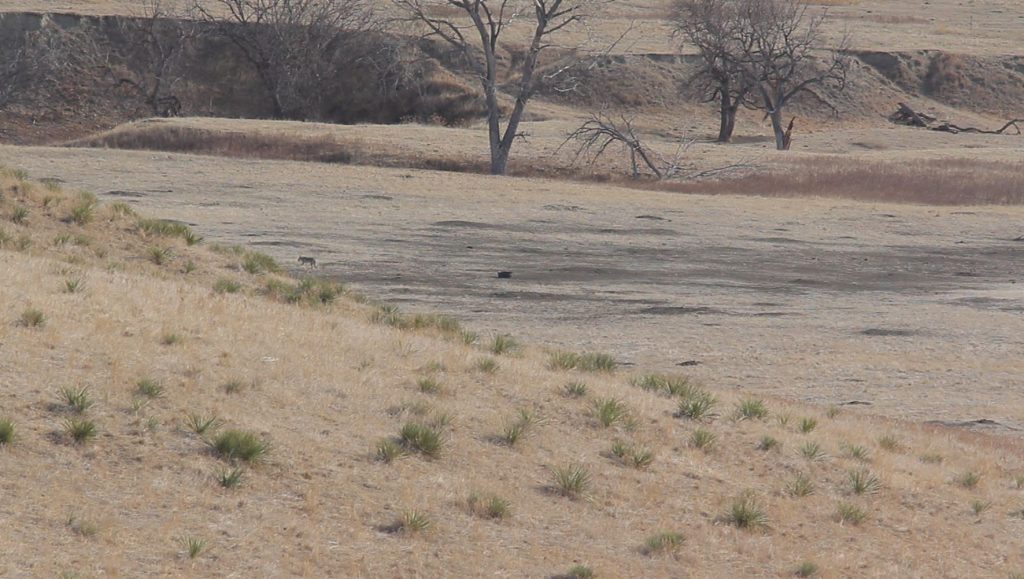
In dense terrain, finding sites where you have a 50-75-yard viewing advantage will work well. Look for any movement, especially in thick cover, where coyotes will assess the situation before approaching. In open terrain, your viewing range will be much further, so glassing for movement will help you in spotting perimeter movement.
Taking advantage of days with wind conditions of 5-10 mph will give you higher odds because you not only know at all times what direction the wind is blowing, but you can also slip around in stealth mode due to movement sounds being drowned out at a distance. Lighter winds tend to spread your scent and develop erratic thermals.
Make sure your vehicle is not visible to approaching coyotes. Some folks believe coyotes are used to people and vehicles, but when coming to a call, a visible vehicle will likely cause a coyote to hang up or even turn and run. Make sure to hide it behind some thick brush, walk far enough from the vehicle to your set up or have it on the backside of a hill from where you are calling.
The video playlist below shows several different setups in several different states. Notice how we one, setup with the wind, and two, how the coyotes work into each set!
Coyote Hunting Gear
Besides getting the setup right, the hunting gear you choose to take coyote hunting can make or break the hunt. From the coyote calls, guns, and ammunition, to your trusted predator hunting pack and clothing, each of these plays into how successful your hunt will be.
This should give you a good idea of what you need to bring on the hunt.
Predator Hunting Clothing
Concealment is key when trying to outwit the keen senses of coyotes. Quality camo is essential in camouflaging movement and providing insurance of coverage. Key to the nature of coyote hunting is easy layering and breathability features. Browning Hells Canyon Speed camo features both for a variety hunting styles and terrain. The Speed camo line offers clothing for warm, wet, cool, and cold conditions and is available in two patterns, A-TACS Arid/Urban (AU) and Foliage/Green (FG).
Coyote Hunting Backpack/Vest
A good pack or gear vest is critical to carry all of the gear needed to hunt coyotes, especially when you add an electronic call and decoy and consider that you will be on the move often. The Tenzing PP15 Predator Pack with Seat offers features that will not only ensure that you will be able to carry your gear on the move, but also enables you to access it quickly and sit longer in any type cover. The TZ PP15 offers 2,200 cubic inches of storage, with multiple customizable, a detachable electronics bag, and spring-loaded legs and a padded foldout seat providing the user a comfortable seat. The Tenzing PP15 Predator Pack is offered in Browning Hells Canyon Speed A/U camo.
Coyote Calls
There are a variety of calls on the market for coyote hunting, from mouth calls to electronic calls with built-in decoys. The performance you get from calls will truly come down to your skills with a mouth call or the amount of money you are able to spend on a quality electronic call system. It is important to become familiar with the vocalization of coyotes and learn to speak the language. Single reed mouth calls, like FoxPro Coyote Howler Diaphragm Mouth Call and FoxPro Raccoon Diaphragm Call, are among the easiest to use when choosing diaphragm mouth calls.
The FoxPro Shockwave Digital Call is a superior, customizable system that comes standard with 100 sounds that is upgradable to 1,000 sounds, and can also allow two sounds emitted at once. Standard sounds included are varied and include group yip howls; various female coyote howls, barks, submissive yips; male howls, barks, screams; and distressed prey sounds of rabbits, kittens, fox, woodpecker, prairie dogs, fawns, crows, and raccoons. The pitch, volume, cadence, and movement of sound are produced by two independent speakers. The digital callers are going to be a bit pricier, but this type call will offer a more extended range of sound by manipulating the volume, providing a variety of sounds, allowing less movement, and often, the calls are designed with a built-in active decoy.
Coyote Decoys
As mentioned, most electronic calling systems come with an incorporated decoy. Some decoys are perched on a stick and are wind-driven. The most effective calls are those that have action to them and are driven by a power pack, and often, a remote control. Anything from strips of hide with fur on them, stuffed small animal replicas, or other attention-getting objects will work efficiently. It is crucial that decoys are visibly noticeable from a distance to lure in coyotes.
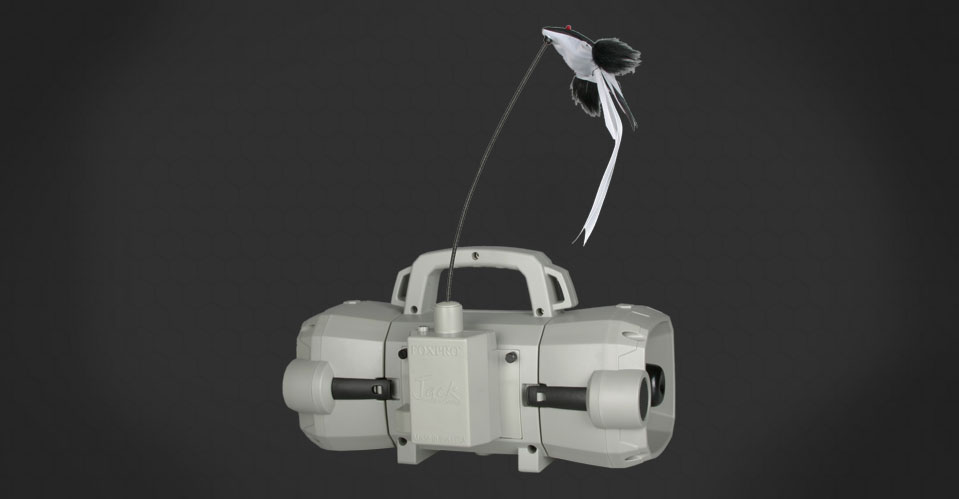
Coyote Hunting Firearm and Ammunition
Choosing a rifle for coyote hunting is going to be personal preference and often based on experience with a particular favorite caliber. The Browning X-Bolt .22-250 with Browning BXV Varmint Expansion Ammunition is ideal for coyote hunting rifle and ammo combination.
The Browning X-Bolt ignited interest the moment it was introduced to the market, and for good reasons. The X-Bolt is designed with an adjustable Feather Trigger™ system for precise trigger feel and smooth pull with no creep. Inflex Technology offers deflection of recoil for less felt recoil. A short 60-degree bolt lift assists in fast cycling when you have that coyote in the scope and on the run. The detachable polymer rotary magazine conveniently frees cartridges directly in-line with the bolt. The X-Lock four-corner scope mount adds security that the scope will remain in place regardless of the terrain and how hard you hunt. The .22-250 is not considered a barrel burner caliber and hundreds of rounds can be fired in a single hunt without the potential of barrel damage.
Browning BXV Varmint Expansion Ammunition incorporates a non-corrosive, Nickel-plated shell case with a Polymer tip to ensure a flatter trajectory and maximum downrange velocity. The maximum downrange velocity and rapid expansion results in the immediate demise of the targeted game.
Coyote Hunting Optics
Your rifle and ammo combination is only going to be as good as your scope. When pairing a scope for your predator hunting set-up, keep in mind that quality glass with good light dispersion and light gathering capabilities for low-light hunting are key. Vortex Optics offers a variety of magnifications and features on scopes that fit rifles such as the Browning X-Bolt or the ever-growing popular tactical style rifles.
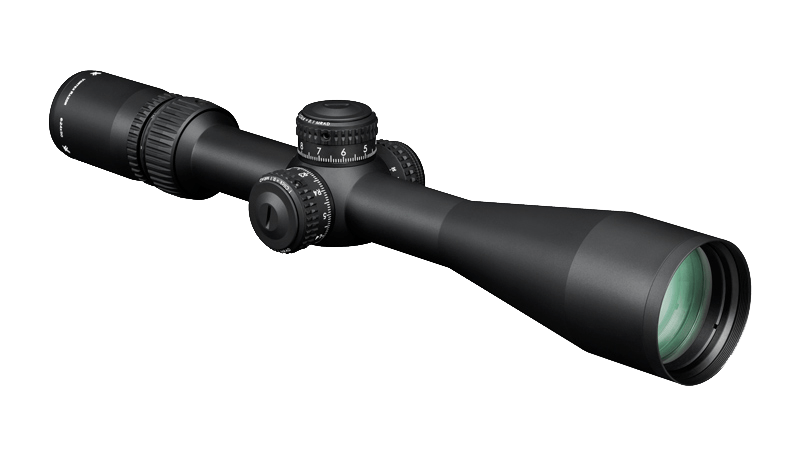 Binoculars are essential for areas with vast landscapes for spotting coyotes coming from a further distance. Binoculars are also a great way to locate movement in the brush that you would not have spotted otherwise. Predator hunting requires being mobile and in search of your next set-up, so a lightweight, smaller, or ergonomically designed binocular similar to the Vortex Diamondback Classic, Viper R/T, or Razor HD are ideal. It is important to look for multi-coated glass and a higher power objective lens for light gathering capabilities for early morning, or late afternoon hunting. Remember, optics are fundamental to the success of your hunt, and if there is one area you are willing to splurge in, it should be in optics.
Binoculars are essential for areas with vast landscapes for spotting coyotes coming from a further distance. Binoculars are also a great way to locate movement in the brush that you would not have spotted otherwise. Predator hunting requires being mobile and in search of your next set-up, so a lightweight, smaller, or ergonomically designed binocular similar to the Vortex Diamondback Classic, Viper R/T, or Razor HD are ideal. It is important to look for multi-coated glass and a higher power objective lens for light gathering capabilities for early morning, or late afternoon hunting. Remember, optics are fundamental to the success of your hunt, and if there is one area you are willing to splurge in, it should be in optics.
Shooting Sticks
An important addition to coyote hunting gear is a shooting stick that offers quick setup and a solid rest. The Bog-Pod bi-pod or tripods provide quick set-up/take-down and are extremely portable. If a hunter is going to spend more time in a hot spot with a high population, a Caldwell Dead Shot Field Pod may be a good source for a solid hands-free rest. There are many different brands that have a variety of features, even those bi-pods that mount directly to your weapon, but keep in mind that whatever you choose you will be mobile, and a highly portable shooting stick or gun rest that offers solid shooting support should be the most important feature.
Before you head out to the field to hunt coyote remember to check the hunting regulations of the state you will be hunting in for coyote hunting season dates, bag limits, and licenses and permits that are required. Coyote hunting can offer you additional time on the hunt outside of large game hunting seasons or an outlet for hunting when other game animals are out of season.
Coyote Hunting Videos
Now that you know which gear you need, some tactics to use, and how to hunt coyotes effectively, go ahead sit back and watch these coyote hunting videos. You might pick up a few extra tips, tactics, or setups that could help you once you hit the field. Some of these videos also contain hog hunting. Often, if you’re in hog country, you can pair night hog hunting with daylight coyote hunting!

